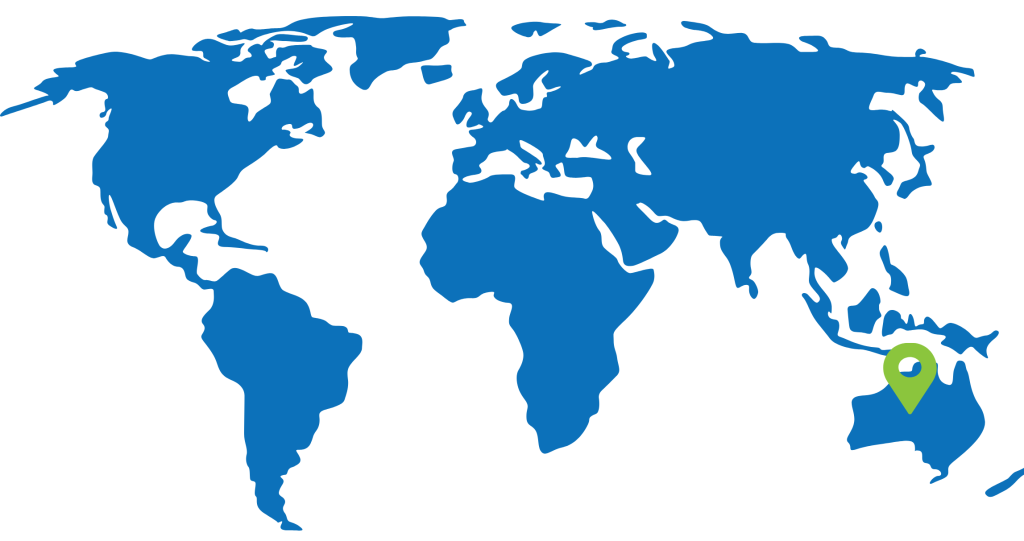The Australian Communications and Media Authority (ACMA) has officially confirmed the Radiocommunications (Low Interference Potential Devices) Class Licence 2025, which will replace the expiring 2015 version. The updated instrument will take effect on October 1, 2025, supporting the evolving needs of wireless technology manufacturers and aligning Australia with international frequency arrangements.
The revision follows a public consultation process held from March to May 2025, where 30 submissions were reviewed. In addition to modernizing the existing framework, the updated licence enables the use of new device categories across several frequency bands.

New Frequency Bands and Device Types Authorized
The 2025 Class Licence introduces regulatory pathways for multiple emerging technologies:
Wireless Multi-Channel Audio Systems (WMAS) in the 520–694 MHz band, primarily supporting high-end professional audio and event production applications.
Digital Modulation Transmitters in the 5150–5250 MHz band, expanding eligible device types beyond previous constraints.
Radio Local Area Network (RLAN) Transmitters in the 6425–6585 MHz band, facilitating next-generation Wi-Fi technologies.
Radiodetermination Transmitters in two new bands:
13.4–14 GHz, with a 25 mW EIRP cap, aligned with ETSI EN 300 440
76–77 GHz, following ETSI EN 301 091-1 for short-range applications like vehicular radar
Frequency-Hopping Devices in the 5925–6425 MHz band, contingent on the use of contention-based access protocols to enable spectrum sharing.
Certification and Compliance Considerations
Device manufacturers seeking Australian market access must note several technical conditions introduced in the 2025 LIPD Class Licence:
Contention-Based Protocols for FHSS Devices (5925–6425 MHz): Frequency-hopping transmitters must implement contention-based access mechanisms. Certification must validate compliance with this requirement using standards such as ETSI EN 303 687 or FCC KDB 987594 D02.
Digital Modulation Devices (5150–5250 MHz): The class licence now supports broader use of digital modulation beyond standard Wi-Fi. Certification must confirm adherence to ACMA power and emission constraints applicable to all digital modulation technologies.
RLAN Devices (6425–6585 MHz): Products must limit channel operation to Australia’s permitted sub-band. Certification testing must verify that software-based geolocation or region locking restricts transmission to authorized frequencies and meets spectral emission limits to prevent adjacent-band interference.
Radiodetermination Devices (13.4–14 GHz): A strict 25 mW EIRP limit applies, and products must comply with ETSI EN 300 440. Labs should use this standard to validate emissions and power levels during testing.
Radiodetermination Devices (76–77 GHz): Certification must confirm compliance with ETSI EN 301 091-1, which includes specific testing procedures for spurious emissions and radar-related performance.
These provisions will directly impact device testing, documentation, and software configuration for products aiming to operate under the new class licence framework.
Format and Technical Updates to the Licence
Beyond frequency expansions, ACMA restructured the license format for better clarity:
Each transmitter category now has a dedicated table, with limits and conditions listed per item.
Outdated references to European Telecommunications Standards Institute (ETSI) standards were removed or updated.
Provisions that were never utilized under the 2015 license have been eliminated to streamline compliance.
Notably, requirements that referenced proprietary standards not publicly accessible have been removed to support equitable compliance across the industry.
Stakeholder Feedback and Regulatory Decisions
ACMA received diverse feedback on WMAS deployment and RLAN spectrum use. While some stakeholders suggested limiting WMAS to below 612 MHz to avoid spectrum planning conflicts, ACMA opted not to impose restrictions, citing the dynamic tuning capability of professional WMAS systems and ongoing government reviews for the 600 MHz band.
On the 6425–6585 MHz RLAN allocation, industry responses were split. Some raised concerns about harmonization and interference with future wireless broadband (WA WBB) services. However, ACMA emphasized that existing device ecosystems and future guard bands will mitigate these risks and proceeded with inclusion in the class licence.
The decision reflects a prioritization of early access to Wi-Fi 6E and Wi-Fi 7 technologies, positioning Australia alongside other global markets such as the U.S. and South Korea that have already opened the upper 6 GHz band to RLANs.
For this article’s source information and any product certification guidance, please contact Global Validity.
Quick Country Facts
Australia
Certification Body: The Australian Communications and Media Authority (ACMA)
Certification Type: Mandatory
License Validity: Indefinite
Application Language: English
Legal License Holder: Local Representative
In-Country Testing Requirement: Testing Not Required
The regulatory information above is based on radio type approval certification. Access additional certification requirements in over 200 countries and territories with Global Validity’s free proprietary product certification management software, Access Manager. Learn more about the platform here or fill our quick contact form!
Global Validity is your partner for global certification success
Want to learn more about regulatory compliance and how we can help? Simply fill out the form below and we’ll be in touch!
